In its most basic form, a sentence consists of a noun and a verb, an actor and an action, someone doing something.
Jesus wept.
The cat sat.
A quick brown fox jumped over the lazy dog.
We can extend this action by adding a direct object–something that carries the action. This structure tells us, in a very direct way, who did what.
The boy threw a ball.
Grandma baked cookies.
She whistled a tune.
The sentences above are written in active voice,
but in a sentence written in passive voice, the actor is an afterthought and may disappear entirely.
The ball was thrown by the boy.
Cookies were baked by Grandma.
A tune was whistled.
Sounds sorta goofy, huh? A little boring?
Did you notice how the verbs changed? One way to spot a passive sentence is to look for a “helping” verb (am, is, are, was, were, be, being, been, etc.) in front of the main verb.
To keep your writing exciting, make sure your sentences pass the action!
Exercise:
Below you’ll find some familiar active sentences rewritten in passive voice. Can you put them back in active voice?
- By the sea shore, sea shells were sold by a girl.
- A peck of pickled peppers was picked by Peter Piper.
- May flowers were brought by April showers.
- Nine stitches are saved by one made in time.
- No moss is gathered by a rolling stone.
This week, be alert for examples of passive sentences when you read. See if you can transpose them into active voice to make them more interesting and exciting.
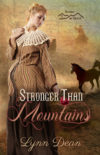
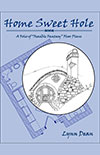


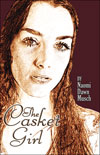
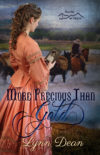
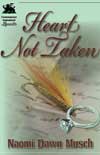

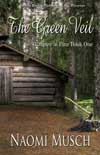

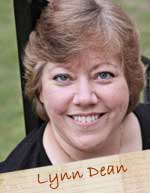


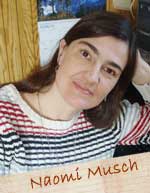


Speak Your Mind
You must be logged in to post a comment.